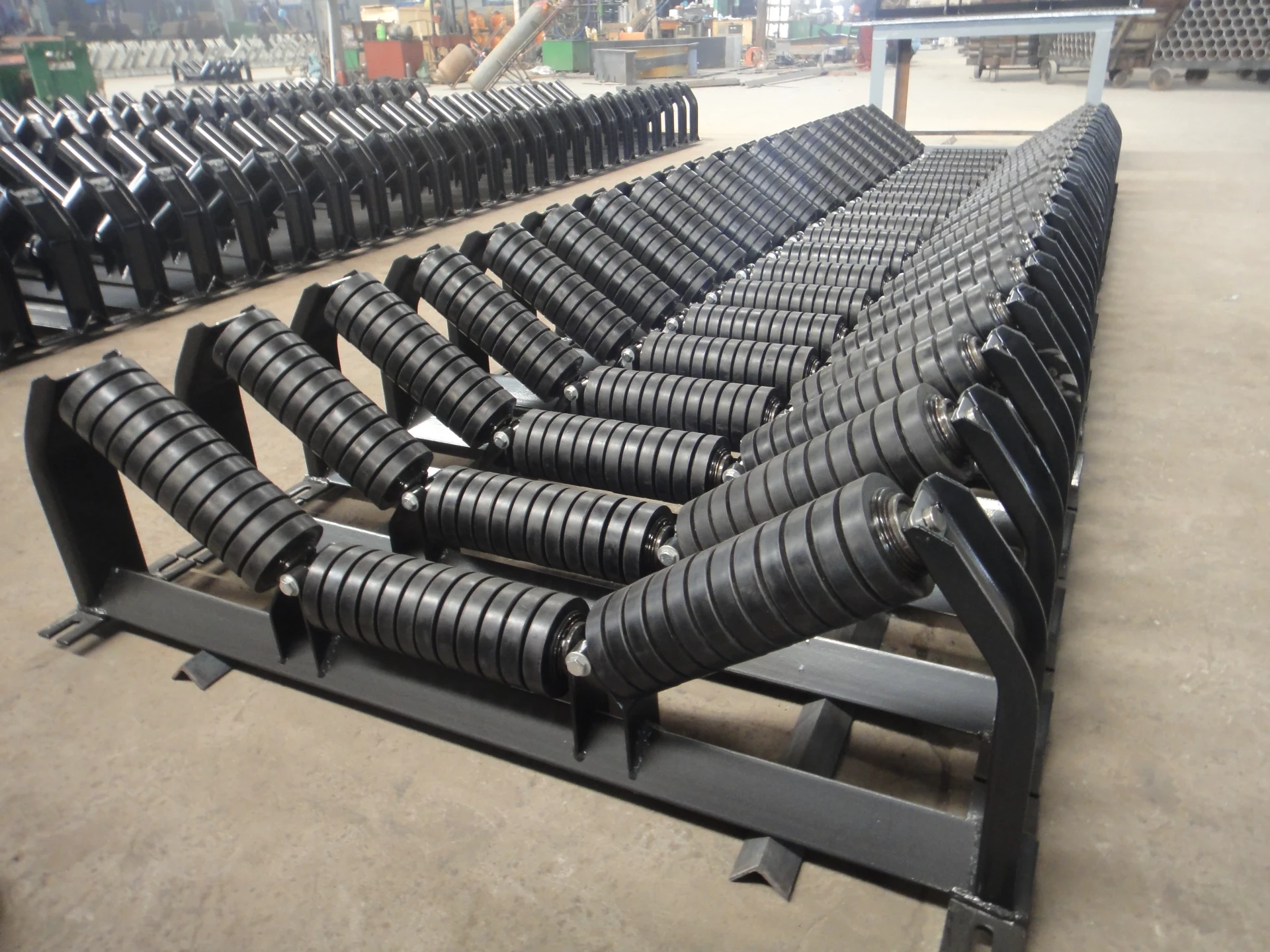 Afrikaans
Afrikaans  Albanian
Albanian  Amharic
Amharic  Arabic
Arabic  Armenian
Armenian  Azerbaijani
Azerbaijani  Basque
Basque  Belarusian
Belarusian  Bengali
Bengali  Bosnian
Bosnian  Bulgarian
Bulgarian  Catalan
Catalan  Cebuano
Cebuano  Corsican
Corsican  Croatian
Croatian  Czech
Czech  Danish
Danish  Dutch
Dutch  English
English  Esperanto
Esperanto  Estonian
Estonian  Finnish
Finnish  French
French  Frisian
Frisian  Galician
Galician  Georgian
Georgian  German
German  Greek
Greek  Gujarati
Gujarati  Haitian Creole
Haitian Creole  hausa
hausa  hawaiian
hawaiian  Hebrew
Hebrew  Hindi
Hindi  Miao
Miao  Hungarian
Hungarian  Icelandic
Icelandic  igbo
igbo  Indonesian
Indonesian  irish
irish  Italian
Italian  Japanese
Japanese  Javanese
Javanese  Kannada
Kannada  kazakh
kazakh  Khmer
Khmer  Rwandese
Rwandese  Korean
Korean  Kurdish
Kurdish  Kyrgyz
Kyrgyz  Lao
Lao  Latin
Latin  Latvian
Latvian  Lithuanian
Lithuanian  Luxembourgish
Luxembourgish  Macedonian
Macedonian  Malgashi
Malgashi  Malay
Malay  Malayalam
Malayalam  Maltese
Maltese  Maori
Maori  Marathi
Marathi  Mongolian
Mongolian  Myanmar
Myanmar  Nepali
Nepali  Norwegian
Norwegian  Norwegian
Norwegian  Occitan
Occitan  Pashto
Pashto  Persian
Persian  Polish
Polish  Portuguese
Portuguese  Punjabi
Punjabi  Romanian
Romanian  Russian
Russian  Samoan
Samoan  Scottish Gaelic
Scottish Gaelic  Serbian
Serbian  Sesotho
Sesotho  Shona
Shona  Sindhi
Sindhi  Sinhala
Sinhala  Slovak
Slovak  Slovenian
Slovenian  Somali
Somali  Spanish
Spanish  Sundanese
Sundanese  Swahili
Swahili  Swedish
Swedish  Tagalog
Tagalog  Tajik
Tajik  Tamil
Tamil  Tatar
Tatar  Telugu
Telugu  Thai
Thai  Turkish
Turkish  Turkmen
Turkmen  Ukrainian
Ukrainian  Urdu
Urdu  Uighur
Uighur  Uzbek
Uzbek  Vietnamese
Vietnamese  Welsh
Welsh  Bantu
Bantu  Yiddish
Yiddish  Yoruba
Yoruba  Zulu
Zulu belt drive pulley
Understanding Belt Drive Pulleys Mechanisms and Applications
Belt drive systems are ubiquitous in various mechanical applications, providing an efficient means of transferring power and motion between different components. At the heart of these systems lies the belt drive pulley, a crucial element that enables the smooth operation of machines ranging from simple toys to complex industrial equipment. This article delves into the structure, functionality, and applications of belt drive pulleys, offering insights into their significance in mechanical engineering.
Structure and Functionality
A belt drive pulley is a wheel designed to guide and support a looped belt as it transfers motion and power. Typically crafted from materials such as metal, plastic, or composite, these pulleys come in various shapes and sizes tailored for specific applications. The primary components of a belt drive pulley include the groove, which is designed to hold the belt in place, and the central hub, which facilitates attachment to a rotating shaft.
The belt itself can be flat, V-shaped, or synchronously toothed, and its design directly impacts the efficiency of power transmission. When a pulley rotates, its grooves engage with the belt, allowing it to pull or push another component connected to the opposite end of the belt. This mechanism allows for the transfer of torque, leading to the desired motion in the connected machinery.
Types of Belt Drive Pulleys
There are several types of belt drive pulleys, each serving different purposes
. The most common types include1. V-Belt Pulleys These pulleys feature a V-shaped groove that fits snugly with V-belts. This design enhances grip and minimizes slippage, making them ideal for applications requiring high torque transmission, such as in automotive engines and industrial machinery.
2. Flat-Belt Pulleys As the name suggests, these feature a flat groove and are used with flat belts. They are commonly found in systems where lower torque and higher speed are essential, such as in conveyor systems and certain types of fan drives.
3. Timing Pulleys These have teeth that mesh with corresponding teeth on a timing belt, ensuring precise synchronization between components. They are especially important in applications requiring high accuracy, such as CNC machines and robotics.
belt drive pulley

4. Idler Pulleys These are used to redirect the path of a belt or maintain tension. They do not drive any components themselves but are crucial for the overall operation of a belt-driven system.
Advantages of Belt Drive Systems
Belt drive pulleys offer several advantages over other forms of power transmission. One significant benefit is their ability to absorb shock loads, reducing wear on both the motor and driven equipment. Additionally, they operate more quietly compared to gear systems, making them suitable for noise-sensitive environments.
Belt drives also provide flexibility in system design. By varying pulley sizes, engineers can achieve different output speeds and torque values, allowing for tailored machine performance. This adaptability is particularly beneficial in industrial setups where machinery needs to accommodate varying operational requirements.
Applications of Belt Drive Pulleys
Belt drive pulleys are utilized in a vast array of applications across multiple industries. In automotive engineering, they play a pivotal role in connecting the engine to various components like the alternator, water pump, and air conditioning compressor. In manufacturing, belt-driven conveyors enable the efficient movement of products along assembly lines.
Furthermore, in the entertainment industry, belt drive systems are often found in stage machinery for moving curtains and props, ensuring seamless performances. In home appliances, such as washing machines and food processors, belt drive pulleys contribute to the effective operation of motors and other mechanical parts.
Conclusion
In summary, belt drive pulleys are integral components of many mechanical systems, facilitating efficient and reliable power transmission. Their design, coupled with the versatility of belts, enables a wide range of applications across diverse industries. As technology continues to evolve, belt drive pulleys will remain a foundational element in mechanical engineering, supporting the development of more innovative and efficient machinery. Whether in industrial settings or everyday appliances, their impact is undeniable, driving the advancement of mechanical technology forward.
-
Revolutionizing Conveyor Reliability with Advanced Rubber Lagging PulleysNewsJul.22,2025
-
Powering Precision and Durability with Expert Manufacturers of Conveyor ComponentsNewsJul.22,2025
-
Optimizing Conveyor Systems with Advanced Conveyor AccessoriesNewsJul.22,2025
-
Maximize Conveyor Efficiency with Quality Conveyor Idler PulleysNewsJul.22,2025
-
Future-Proof Your Conveyor System with High-Performance Polyurethane RollerNewsJul.22,2025
-
Driving Efficiency Forward with Quality Idlers and RollersNewsJul.22,2025





























